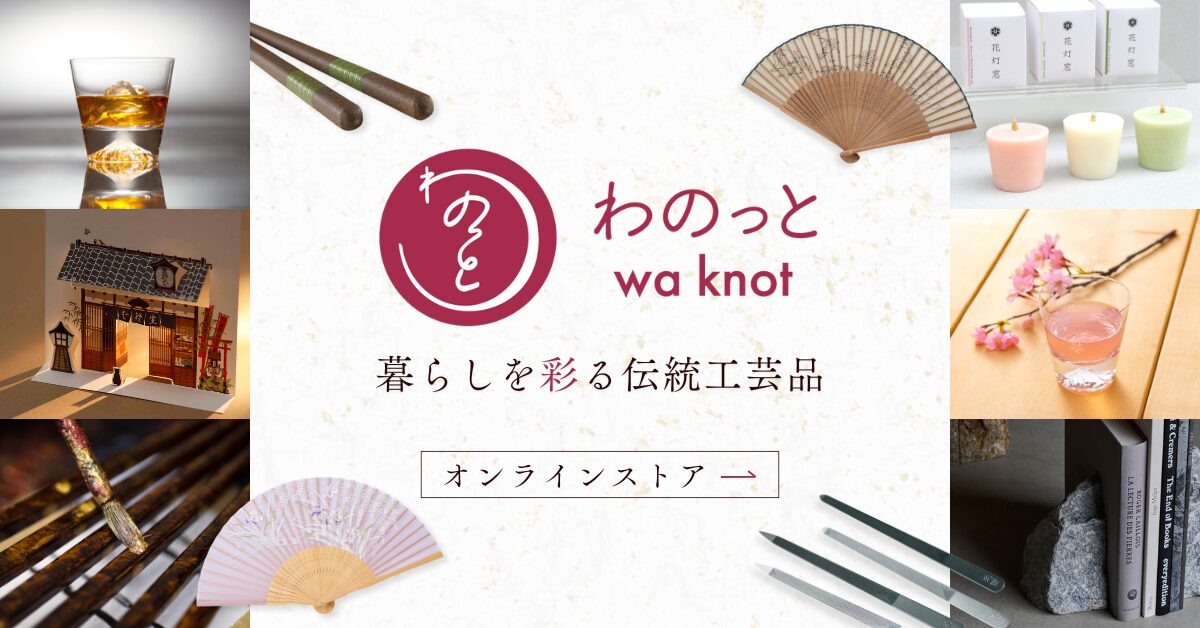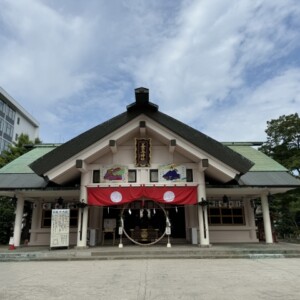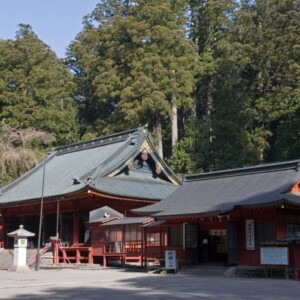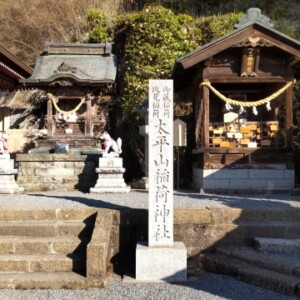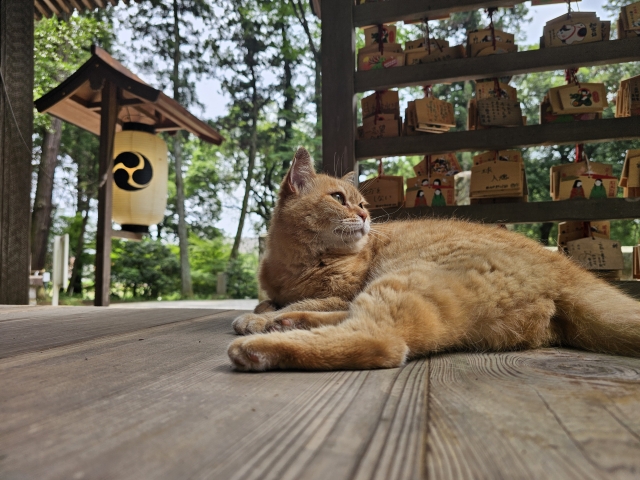
Mamada Hachimangu|Complete guide to the history, highlights, and worship information of this historic shrine
Mamada Hachimangu Shrine, located in Oyama City, Tochigi Prefecture, is a historic shrine with a history of approximately 1,300 years. The shrine grounds, which cover an expansive area of approximately 20,000 tsubo (approximately 2.5 acres), are rich in nature and are known throughout Japan for the “Jagamaita of Mamada,” which has been designated an Important Intangible Folk Cultural Asset of Japan.
Outline and Basic Information on Mamada Hachimangu Shrine
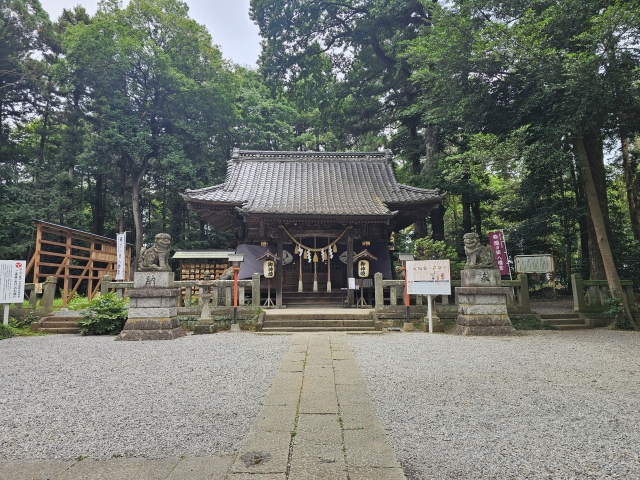
Mamada Hachimangu Shrine is located in Oyama City in southern Tochigi Prefecture. The grounds of the shrine cover an area of about 20,000 tsubo (about 7,000 square meters), part of which is open to the public as “Mamada Hachiman Park,” a place of recreation and relaxation for the citizens of the city. The shrine grounds are characterized by two ponds protected by the shrine’s forest and a rich natural environment with many carp and water birds. The forest, which is thick with konara oak and cedar trees designated as natural monuments by the city, is also a forest of life, home to raccoons, hares, and many other small animals and insects that cannot be seen in the city.
History and Origin
The Mamada Hachimangu Shrine was founded about 1,300 years ago, in the middle of the Nara Period (Tenpyo era).
During the Taira-no-Masakado Rebellion that broke out around 939, Fujiwara Hidesato, a warlord known for his legend of defeating the Hundred Legs, prayed to this Hachiman Shrine and other shrines and temples along the road for victory, and the rebellion was successfully ended. As a way of repaying his gratitude for the divine virtues he had received, he dedicated a Shinto shrine to the shrine. Since then, the area where this Hachimangu Shrine is located has been called the village of Iida (Mamada).
In 1189, just before the establishment of the Kamakura shogunate. Minamoto no Yoritomo, who was about to fight a battle against the Fujiwara clan in Oshu, visited this Hachiman-gu Shrine to pray for victory, knowing that Fujiwara no Hidesato had prayed for victory. He planted a pine tree in the precincts of the shrine. This pine tree was carefully protected by the shrine parishioners as “Yoritomo’s hand-planted pine tree” until it died in 1905 (38th year of Meiji).
In the Edo period (1603-1867), it was a custom for envoys sent to Nikko by the Imperial Court to visit the pine tree on their way to the shrine. When the Nikko Kaido (highway) was built in the Edo period (1603-1867), the name of the place was changed from Mamada (Iida) to Mamada (Mamada) because this place was the midway point between Nikko and Edo (Tokyo).
Gods and Benefits
The main deity of Mamada Hachiman Shrine is Hondawake no Mikoto, the spirit of Emperor Ojin. Known as the Hachiman God, it is believed to bring good fortune, good luck, and prosperity to the family.
Empress Jingu is also enshrined here, and as the mother goddess of Emperor Ojin, she is believed to be beneficial for child bearing, easy childbirth, child rearing, and academic achievement. Benten-sama is also enshrined in the precincts of the shrine, and is believed to bring good luck in money, the arts, and academic achievement.
Highlights of Mamada Hachimangu Shrine

More than just a shrine, Mamada Hachimangu Shrine attracts many visitors as a special place where history and nature are in harmony. Its charms are manifold, and visitors can discover something new no matter what time of year they visit.
Attractions of the Buildings and Precincts
The main shrine and the hall of worship, located in the center of the temple grounds, have a solemn appearance that evokes a long history. The vast grounds, covering an area of approximately 20,000 m2, are a sacred space with buildings neatly arranged from the torii gate that welcomes visitors to the main shrine.
The shrine has a hall of worship where prayers are offered by priests, and various prayers are accepted in a solemn atmosphere. The temple grounds are also arranged in such a way as to allow visitors to calm their hearts and minds, creating a tranquil environment that allows them to forget the hustle and bustle of the urban area.
Nature and scenic beauty
The shrine grounds are surrounded by a vast countryside to the west, and if you walk along the banks of the Shigawa River, you can see the Nasu-Nikko mountain range, Mount Akagi, Mount Asama, and even Mount Fuji in the distance. Fuji in the distance. The scenic landscape around the shrine has been selected as one of the 100 best rural landscapes in Tochigi.
Two ponds in the shrine grounds, protected by the shrine’s forest, are beautiful in all four seasons. In spring, the cherry blossoms are in full bloom, and in fall, the grounds are decorated with autumn leaves. The ponds are home to many carp and water birds, which soothe the hearts of visitors.
Yawata Ancient Tumulus Group and Cultural Heritage
The grounds of the temple are dotted with various large and small burial mounds called Yawata Kofun Clusters, indicating that this area was a center of the cultural sphere that developed in the Shigawa River basin from ancient times. These tumulus groups are a valuable cultural heritage that testify to the ancient historical importance of this area.
Throughout its long history since the Kofun period, Mamada Hachimangu Shrine has played an important role as a center of faith and a cultural center in the region. Even today, its historical value can be felt throughout the grounds of the shrine.
Guide to Worship and Visiting the Shrine
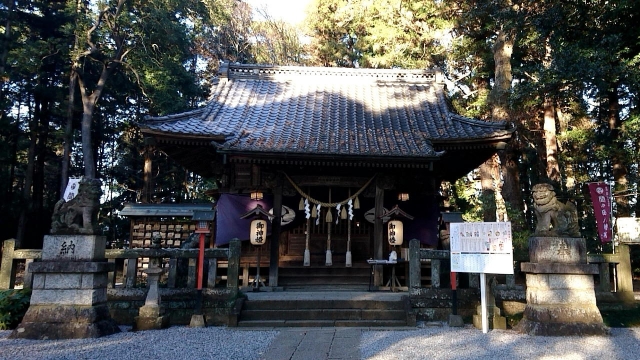
Visiting Mamada Hachiman Shrine is an important time to purify your body and soul and face the gods. It will be a more meaningful experience if you know the proper etiquette for visiting the shrine.
Worship Etiquette and Manners
When visiting Hachimangu Shrine, follow the general manners of shrine visitation. When passing through the torii gate, bow lightly and walk away from the center of the path. After purifying your hands and mouth at the hand- and mouth-wash basin, you should enter the shrine in front of the hall of worship in the manner of “ni-sho, ni-sho, ni-sho, ni-sho, ni-sho, ni-sho.
The temple grounds are a sacred place, so it is important to stay quiet and refrain from running around and talking loudly. If you wish to take photographs, please be considerate not to disturb other worshippers and avoid taking photographs in prohibited areas.
Jagamaita (Snake Festival) in Mamada
The festival “Jagamaita of Mamada” (Snake Festival), held on May 5, was designated as a National Important Intangible Folk Cultural Asset in 1991. 7 snakes over 15 meters in length gather in one place, and the shrine grounds, fragrant with fresh greenery, are crowded with spectators every year.
Under the guidance of Jagamaita committee members, snake making is carried out independently in each of the seven neighborhoods, mainly by junior high school students. The head of the snake, called jagashira, is the part of the snake that most expresses the individuality of each town and naturally requires a lot of effort in its creation.
On the day of the festival, the participants gather at Mamada Hachimangu Shrine around 10:30 a.m. for the “snake yose” ceremony, followed by the “purification ceremony. During the purification ceremony, the seven snakes are purified by the priest, have sake poured into their mouths, and then circle around the main shrine before heading for the “water-drinking ceremony.
In the “Water Drinking Ceremony,” the snakes boldly insert their heads into the Benten Pond and drink water while splashing vigorously. Some of the snakes even jump into the pond with their bearers and run wildly around the Benten Pond, drawing loud cheers from the more than 10,000 spectators.
Red Seal and Good Luck Charm Information
Mamada Hachimangu Shrine offers red seals with different designs for each season, which are popular with many visitors as a commemorative souvenir of their visit. The shrine also distributes limited edition red seals that change monthly, so no matter how many times you visit, you will always have something new to discover.
As for good luck charms, many visitors come to Mamada Hachiman-gu Shrine for the “Healing from Illness” charm, which is representative of the shrine. The “Snake’s Whisker Protection (limited quantity)” is a special amulet whose sacred object is a snake’s whiskers dedicated at the Jagamaita Festival.
The “Luck Ryusho Ryu (with a real crystal ball)” is a hand-carved tsuge dragon that imitates the head of the Jagamaita snake, and the “Safe Kaeru Mamori” is a charm that conveys the benefits of healing illness and travel safety that have been handed down since the Edo period.
Access and use information
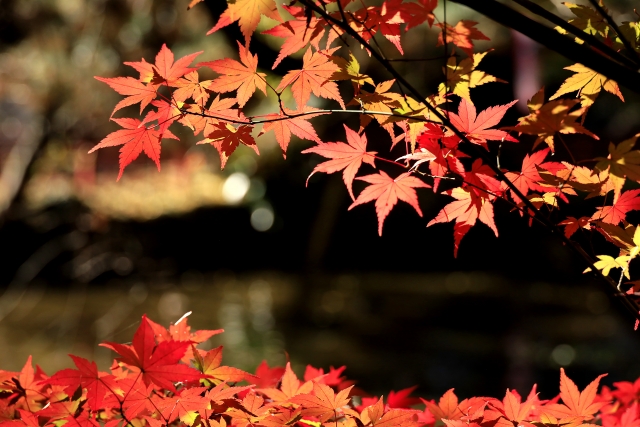
The following is detailed information on how to access and use Mamada Hachimangu Shrine. By checking this information before visiting the shrine, you will be able to visit smoothly.
Traffic Access
By car: 18 km (approx. 30 min.) from the Sano Fujioka Interchange on the Tohoku Expressway, 23 km (approx. 38 min.) from the Sakai-Koga Interchange on the Ken-O Expressway, and 30 km (approx. 55 min.) from the Utsunomiya-Kaminokawa Interchange on the Kita-Kanto Expressway.
At the “Mamada 4-chome” intersection on Route 4 (marked by the shrine sign and torii gate), turn right if you are coming from Oyama, or left if you are coming from Tokyo, and go straight for 1 km.
If you use public transportation, take the community bus “O-bus” from the west exit of JR Mamada Station and get off at “Mamada 4-chome Community Center”. Turn left at the shrine sign and torii gate, and go straight for about 1 km to reach the second torii gate at the entrance to the shrine. It takes about 10 minutes on foot from Mamada Station.
<Address> 2330 Mamada, Oyama-shi, Tochigi 329-0205
Hours of admission, fees, and parking information
Mamada Hachimangu Shrine’s hours of worship are from 9:00 a.m. to 4:30 p.m. Telephone inquiries can be made at 0285-45-1280 (9:00 a.m. to 4:30 p.m.).
Worship on the temple grounds is free of charge, and everyone is welcome to visit freely. If you wish to pray, please call us in advance. On-site prayer services are also available, and priests can visit the temple to offer prayers.
Parking is available on the premises and is free of charge during normal times. However, on the day of Jagamaita, the shrine parking lot will be closed and the adjacent schoolyard of Manada Junior High School will be opened as a special parking lot. In addition, the parking lot of the Oyama City Mamada Citizens Exchange Center “Shirasagikan” is also available.
Parking lots may be crowded during year-round events, so we recommend using public transportation as much as possible. For detailed parking information, please call in advance.
Reference sites
Official website of Mamada Hachimangu Shrine: https://www.mamada-hachiman.jp/


